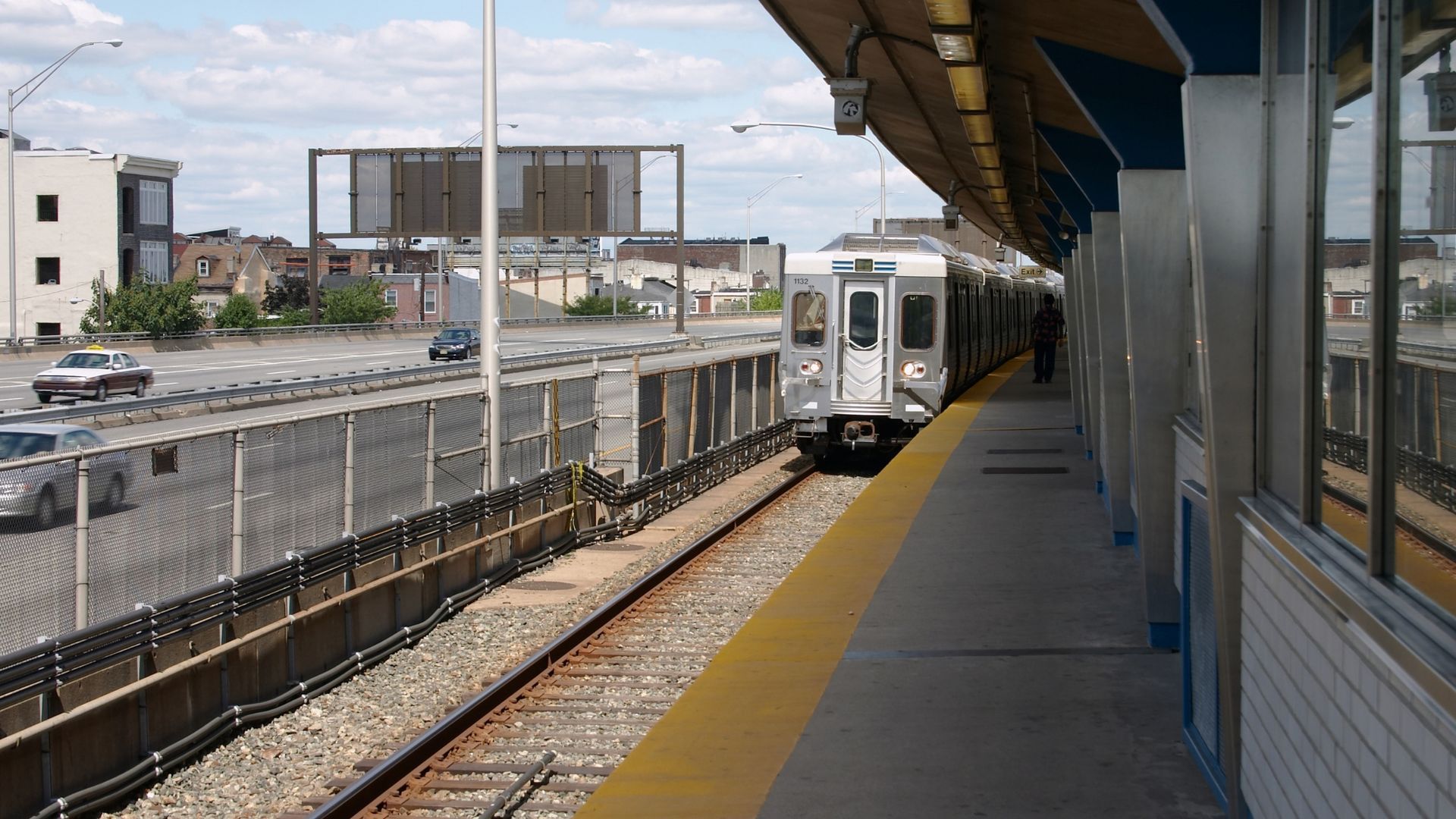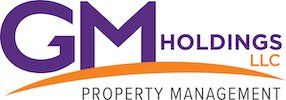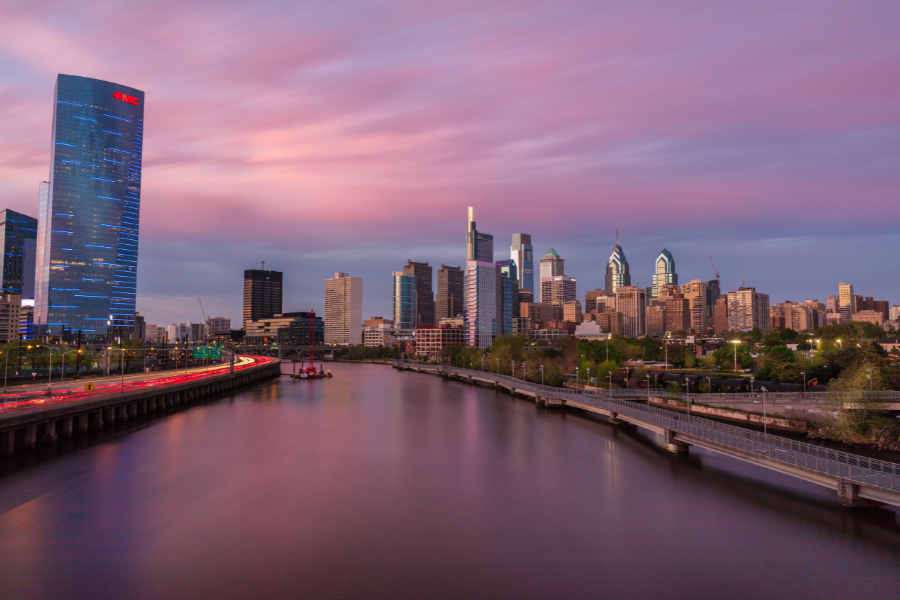Benefits to Living Near the Market-Frankford Line

The Market-Frankford Line (MFL) comprises one-third of Philly’s three rapid transit lines (the Broad Street Line and the PATCO Speedline comprise the other two-thirds).
You may know the MFL by a few other names, most popularly the Blue Line because of its seats and signage color. We’ll keep referring to it as the MFL in this article, though.
Operated by SEPTA (the Southeastern Pennsylvania Transportation Authority), the MFL is the Authority’s busiest route, consisting of
170,000 average weekday onboardings before COVID.
Highly significant to (and perhaps the lifeblood of)
Philly’s transportation system, the MFL covers a lot of ground. It starts a touch outside West Philadelphia at the Upper Darby’s 69th Street Transportation Center, through Center City to Northeast Philly’s Frankford Transportation Center.
For the above reasons, and many more–which we’ll explore below–living near the MFL offers many benefits.
Accessibility and Convenience
The MFL travels through Philadelphia on an east-west path, taking passengers through an array of popular neighborhoods (e.g., Old City, University City, and Fishtown).
You can access the MFL 24 hours during adventurous Friday and Saturday night travels. On other days, it runs from 4:36AM until 11:59PM.
Arrival frequency is likely the most attractive feature of the MFL, as trains come every six to ten minutes, depending on the day.
Combine frequent arrivals with the vast ground the MFL covers, and you have yourself a highly convenient form of transportation. Plus, 28 stops covering 13 miles means plenty of places to catch a subway, making it highly accessible for Philly residents.
Purchasing a SEPT keycard means you’ll only pay $2.00 per ride, while you’ll have to pay $2.50 with cash.
You can also transfer at City Hall/15th Street Station to another line for free, giving you optimal mobility around the city. You can get where you need to go with minimal spending, seamless
accessibility for all passengers, and without the need to rely on your private vehicles.
Cost Savings
The city life often discourages most residents from owning a car, and Philadelphia is no different.
Sure, not owning a car might sound like a daunting prospect. However, the city life is built for people to live without vehicles. Everything is within close enough proximity that walking and public transportation should be enough.
In specific communities, public transportation isn’t quite up to the challenge of making the need for car ownership obsolete. Conversely, other cities are more than up to the challenge. Philadelphia shines in the public transportation department, and the MFL line is one of the primary reasons for this.
Keeping the above factors in mind, owning a vehicle in Philadelphia can cost you approximately
$11,000 over three years.
Compare that to the $2 to $2.50 per ride you’re paying on the MFL line (and how much ground it covers), and it’s clear where the cost savings come into play.
Furthermore, the heightened accessibility of the line means you can be more cost-conscious in your search for housing options. You can pay for something more affordable (near an MFL station) in a less centralized area because the MFL will keep you seamlessly connected with economic and social hubs throughout Philly.
Exploring Philadelphia
Earlier, we noted how the MFL traveled through many of Philly’s bustling neighborhoods, such as Old City, University City, and Fishtown.
Here are just a few examples of popular spots to check out in the neighborhoods mentioned above:
Visit the Fillmore to catch a concert and a drink at its full bar.- University City is home to the Penn Museum of Archaeology.
- Check out the Liberty Bell or the Museum of the American Revolution in Old City.
Note that the MFL spans past these neighborhoods and into other popular, highly appealing areas throughout the city. Some examples include Northern Liberties, the Historic District, the Convention Center, Market East, West Fairmount Park, Spruce Hill, Rittenhouse Square, and more.
These areas are all chockful of entertainment, dining, and cultural opportunities that you can access with a $2.50 transit ticket.
The MFL also offers Philadelphia residents reduced travel time to work, school, and various leisure activities. You’re bypassing the busy traffic on the Philly roads to get where you need to go.
Note that
Philly has the 4th most congested roads in the US, so the MFL is a welcome reprieve from the struggles of vehicular travel.
Community and Social Benefits
Philadelphia is a buzzing city that hosts an abundance of community events that bring neighborhoods together.
Sure, it can be daunting to commute across the city to connect with your neighbors. Yet, the amount of ground covered by the MFL grants you seamless access to these events. You’ll feel more connected to your community while experiencing how Philly truly is the City of Brotherly Love.
While reasons to get involved in your community are plentiful, what stands out most is how fostering these pivotal social connections can
bolster your mental health.
Considerations for Choosing a Neighborhood
The MFL offers many advantages, but choosing your ideal neighborhood relies on many factors. Cost and lifestyle will be your primary dictators in making this choice. Also, there’s a matter of whether you’re working or going to school and where your school and work are located.
Provided you can afford an apartment near the MFL, you’ll be able to get where you need to go in the city with ease. Such a location will keep you connected and on the move–if that’s what you seek.
Conclusion
The MFL is a highly affordable, convenient, and accessible public transportation in Philly that gives passengers seamless access to many economic, social, and commercial hubs throughout the city.
Living near MFL stations limits your need for a vehicle, saving you plenty of money. It also enables you to choose more cost-efficient options since it spans many neighborhoods (including more affordable ones).
Mull over these advantages as you search for a place to live in Philly, and feel free to
reach out to GM Holdings with any questions. We’re a trusted resource for knowledge about the MFL line, and we also have exceptional
apartments for rent near the MFL.





